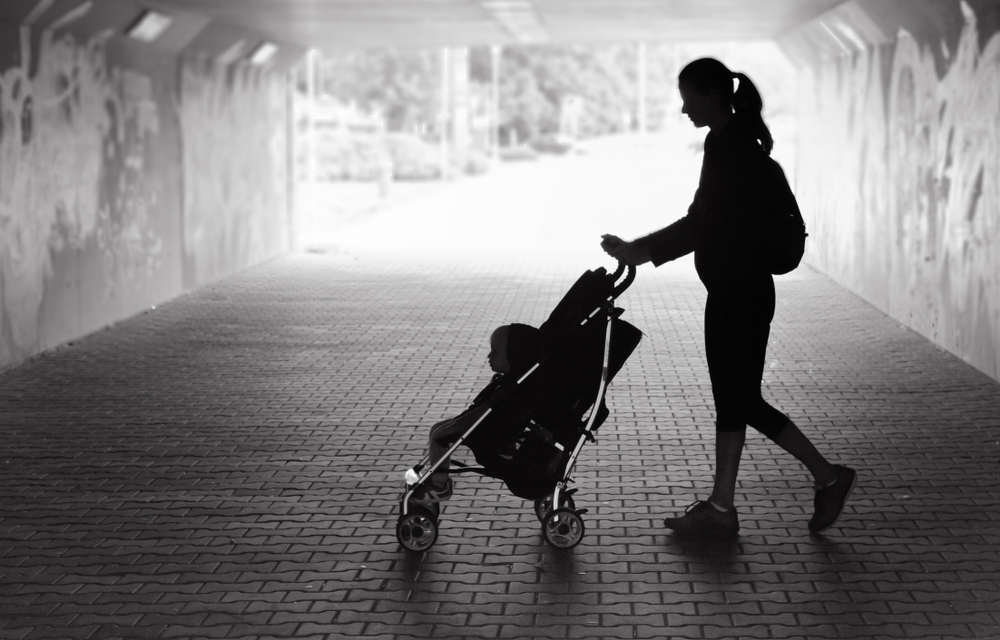Once upon a time, Australia was the world leader in using its budget to promote gender equality. In 1984, the Federal Government implemented the world’s first gender-responsive budgeting (GRB) initiative. The Women’s Budget Program used the budget to systematically identify opportunities to advance gender equality through expenditures, allocations and taxation. And it was ace.
In the 1984-85 budget, the Hawke Government used gender-disaggregated data to work out exactly how its spending was going to affect women. It was revolutionary, clever, genuinely useful and doomed.
Over time the Women’s Budget Statement devolved from a detailed analysis to a one-page press release.
Mind you, it wasn’t immediately doomed. The Women’s Budget Program became an annual feature of the budget for many years, but by 1996 the federal government had stopped producing the Women’s Budget Statement (WBS). There was a brief return from 2007-14, but over time the WBS devolved from a detailed analysis to a one-page press release.
Meanwhile, internationally GRB is now considered best practice. UN Women recommend it as a key element of gender mainstreaming. Commitments to GRB featured in the Beijing Declaration and Platform Action in 1995, which is often touted as the global road-map for gender equality and States regularly commit to implement GRB in the annual Agreed Conclusions from the UN Commission on the Status of Women.
 As GRB grows internationally, Australia is falling increasingly out of step with its international commitments to promoting institutional mechanisms for building gender equality.
As GRB grows internationally, Australia is falling increasingly out of step with its international commitments to promoting institutional mechanisms for building gender equality.
Since 2014, women’s, feminist and civil society organisations have kept pressure on the Federal Government to bring back GRB. In 2017, several organisations campaigned for the government to Stop Budgeting like it’s 1983, and the National Foundation for Australian Women (NFAW) has produced the Gender Lens on the Budget report, which analyses budget revenue and expenditure measure for their gender impacts, every year since the lapse of the WBS in 2014.
This civil society pressure has led to the re-emergence of GRB initiatives, but in a reduced and less effective form.
This civil society pressure has led to the re-emergence of GRB initiatives, but in a reduced and less effective form. Meanwhile the 2018-19 and 2019-20 budgets saw a new iteration of the WBS in the form of the Women’s Budget Snapshot, which outlines budget provisions specifically aimed at women, including those aimed at improving women’s safety and security, financial security and workforce participation.
2018 also heralded the Women’s Economic Security Statement 2018 (WESS), which laid out an agenda and commitment to $109 million of investment over four years targeted at women, to progress women’s economic position in Australia. While the Women’s Budget Snapshot and WESS are positive, investment in initiatives or reporting on budget provisions targeted at women are a far cry from gendered analysis of how all budgetary expenditures impact women and gender equality.
 Meanwhile the Victorian government has started to recognise the benefits of GRB, with an Inquiry into Gender Responsive Budgeting currently underway. Yet, without a gendered federal budget, key policy mechanisms impacting women and gender equality will be missed from analysis.
Meanwhile the Victorian government has started to recognise the benefits of GRB, with an Inquiry into Gender Responsive Budgeting currently underway. Yet, without a gendered federal budget, key policy mechanisms impacting women and gender equality will be missed from analysis.
It’s time we had a truly gendered federal budget in Australia.
It’s time we had a truly gendered federal budget in Australia.
In response to the WESS, Equality Rights Alliance called on the federal government to “investigate and consult on models of gender responsive budgeting for integration into the budget process” in our 2019-20 Pre-Budget Submission. In our recent Analysing the Gap policy paper, we explore some of the different reforms, models and tools which could be used to implement GRB in Australia.
This first step toward implementing GRB needs government agencies including Finance, Treasury and the Office for Women, to come together with academics, and women’s and feminist advocates to discuss and workshop the most appropriate tools for Australia. Equality Rights Alliance plans to hold a forum just like this in the coming year.
The next steps would be piloting initiatives and later, full implementation. Down the track, Australians could have a federal budget that’s a tool to help to realise gender equality and women’s human rights.
Seize the CSW Moment, a mini-conference that picks up where CSW didn’t get started, will be held at the University of Canberra on 13 March. Keynote speakers include Kate Jenkins, the Sex Discrimination Commissioner, Elizabeth Broderick, founder of Male Champions of Change, Libby Lyons, executive director of the Workplace Gender Equality Agency and Helen Dalley-Fisher, from the Equality Rights Alliance.




